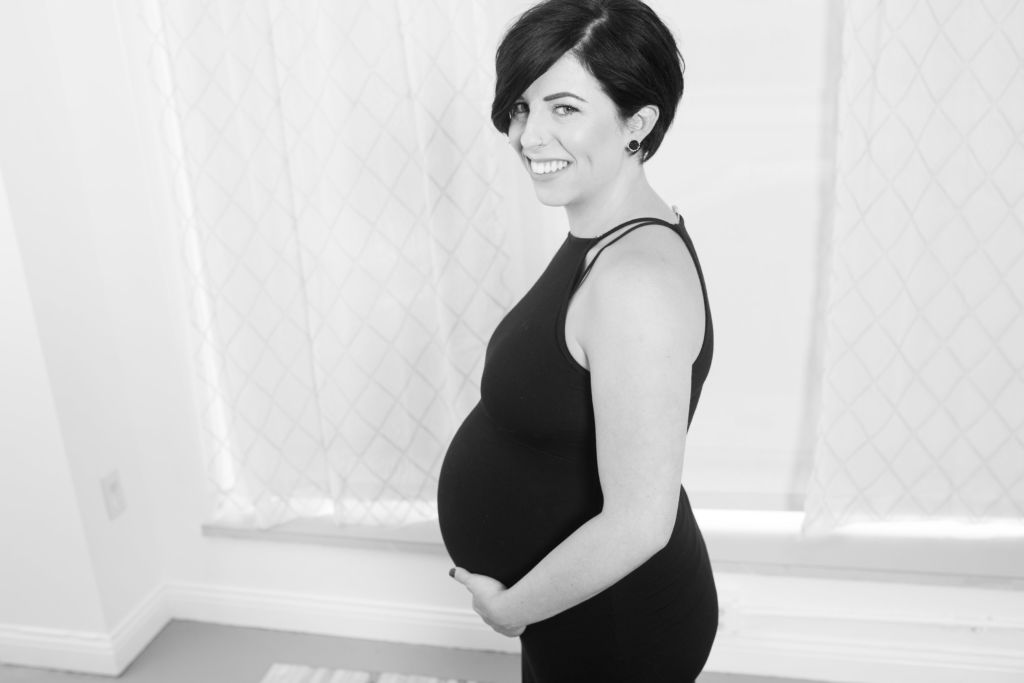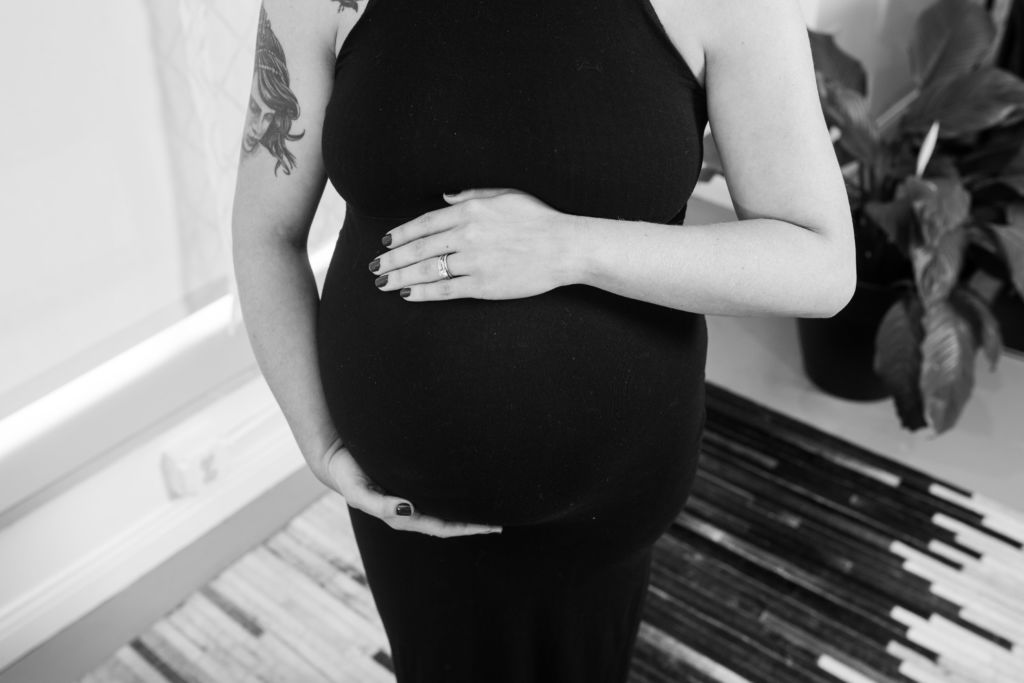Podcast Episode #23: Amber’s Cesarean Birth Story

On this episode of Ask the Doulas, Amber shares how her Gold Coast Doulas supported her through her C-section experience. You can listen to this complete episode on iTunes and SoundCloud. Alyssa: Hi, welcome to another episode of Ask the Doulas. I am Alyssa Veneklase, co-owner and postpartum doula, and we are talking to […]
Podcast Episode #21: Supporting a Cesarean Birth

April is C-section Awareness Month! On this episode of Ask the Doulas, Alyssa and Ashley talk about how birth doulas provide support during a Cesarean section delivery. You can listen to the full podcast episode on iTunes or Soundcloud. Alyssa: Hi, welcome to Ask the Doulas with Gold Coast Doulas. I am Alyssa, co-owner […]
Cesarean Birth Photography Tips
Gold Coast Doulas is pleased to present a guest blog from Bri Luginbill of the People Picture Company. Bri is a Grand Rapids photographer with a passion for photographing families, seniors, babies all of the people and events that enrich and define our lives. She also has years of experience photographing children with special needs. […]


